The Best Bodily Kinesthetic Activities for Kids
The idea that “one size fits all”, especially when we are talking about education, is deeply flawed. We cannot expect that individuals with different learning styles, weaknesses, strengths, interests, home support and background to be subjected to the same teaching and evaluation methods and expect the same results.
It is clear that different students have different needs, motivations and learning styles and they will thrive when all of those are met.
We can’t talk about different learning styles and not mention Howard Gardner’s Multiple Intelligences Theory where he identifies 8 abilities or intelligences: visual-spatial, musical, bodily kinesthetic, verbal-linguistic, logical-mathematical, interpersonal, intrapersonal and naturalistic.
I have talked more about Howard Gardner’s Multiple Intelligences Theory and how it can help your child in a previous article so be sure to check it out.
According to Howard Gardner, all people get to know their surroundings through language, music, spatial awareness, logical-mathematical analysis, use of their body to make things or solve problems and getting to know ourselves and others. But this is where the similarity ends. Each individual has different ways in which s/he invokes and combines these intelligences to solve different tasks.
The Multiple Intelligences Theory is especially relevant in a classroom or homeschooling environment as it gives educators the chance to tailor their lessons so that students with different types of intelligences can thrive.
As you will probably notice in the activities that I will share with you, they are not limited to solely one intelligence but can encompass two, sometimes even three.
Thus, even though this post addresses the bodily kinesthetic intelligence, it will be combined with the visual, auditive, verbal-linguistic or logical-mathematical intelligences.
So, as mentioned, in this post, I would like to share some fantastic bodily kinesthetic learning activities that are insanely fun and adaptable. This means you can use them to teach a wide array of topics, from letters, words, numbers, number operations, shapes, colours, vocabulary, acting out stories and so on.
But before we get down to it…
What are a bodily kinesthetic learner’s characteristics?
A person with a bodily kinesthetic learning style enjoys experimenting and discovering things through movement. This learning style is also referred to as “tactile learning” or “physical learning”.
A bodily kinesthetic learner:
- Enjoys hands-on activities
- Creates things with his/her hands and loves arts and crafts
- Is generally good at sports
- Has great hand-eye coordination
- Likes artistic movement like dancing or acting-out a dialogue
- Has great muscle memory
- Finds it difficult to retain information when it’s only in an audible or visual form
So, basically, a person with a bodily kinesthetic intelligence needs movement in order to retain information. Touching and manipulating objects is their preferred way of learning.
Now that we know what are a kinesthetic learner’s characteristics, let’s see some kinesthetic learning activities that are fun and extremely adaptable. Most of them are easy to set up and do not require many materials. Mostly you will need flashcards, pens/pencils, a whiteboard and objects that can be found around the house.
This post may contain affiliate links and I may earn a small commission when you click on the links at no additional cost to you. As an Amazon Affiliate, I earn from qualifying purchases. You can read my full disclosure here.
Kinesthetic Learning Activities
1. Build the tower
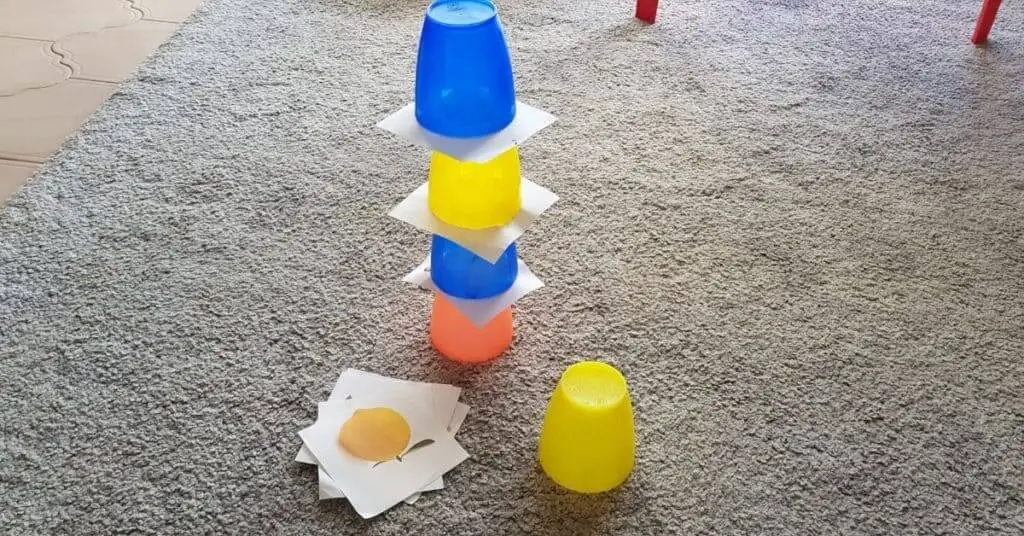
Put those plastic cups from the cupboard to good use and play a fun game that will exercise fine motor skills, hand control, patience and of course, the chosen learning topic.
The aim of the game is simple, build a high tower by placing a cup, then a flashcard on top of the cup, then a cup on the flashcard and so on. The catch is that in order for the player to be able to add a flashcard, s/he has to answer a question. For example, if you are practising number addition, ask the child “What is 1+3?”. The child will answer “4”, pick up the flashcard with the number 4 on it and place it on the cup. Another example, for younger learners, if you are playing with colours, would be to ask questions like “What colour is the sky?”. The child will say blue, search for the blue flashcard and place it on the cup.
2. Lions and Tigers
For this game, you will need a whiteboard divided into two equal sides. But if you do not have a whiteboard, a wall will work just fine.
On each side of the whiteboard, write or place the flashcards with the target learning topic. For example, it could be letter recognition, flashcards with colours, shapes, sight words, numbers, numbers addition/subtraction, scenes from a story etc.
If there are more children playing, you can form two rows facing the whiteboard. If you’ve only got one child, there is no need to divide the whiteboard.
The game is simple: the head of the game (the teacher or a student who has been appointed) will say a word/number/letter/shape from the whiteboard. The first student from each row will have to compete in touching or circling it. To add to the fun, the first two students can stand with their backs to the whiteboard and only turn around and circle the word when they hear the signal word (“Go!” for example). Students can also stay at a certain distance from the board and hop/ant walk/skip/crawl to circle the word.
3. Lacing Beads in a Box

This is a wonderful game to practice numbers, shapes, sorting, colours not to mention those all-important fine motor and hand-eye coordination skills.
There are 27 colourful beads and two laces. The beads are of different shapes and colours. Some have numbers from 1 to 10 both as numerals and as dots.
This is a great game, as it allows for various activities. You can do a sorting game where you ask the child to thread only the blocks that have colour yellow on them. It is great for a math activity, whether the child threads the numbers in order or is prompted on which number to lace next. Or practising simple additions or subtractions.
There are many fun learning opportunities that this game offers and I have to say that my son, who is 3 now, absolutely loves it.
4. Jumping rows
Jumping rows can be played either in more players as a competition or in one player against the timer.
Put two sets of flashcards on two different rows on the floor. Mark the “start” and the “finish”. The two competing players will start from the first flashcard, name it, and then jump on/next to the other flashcard, name it and so on until they reach the finish line. They cannot jump on the next flashcard unless they name the one they are on. The goal of the game is for one player to reach “finish” before the other player.
5. What is it?
Kids are naturally curious so whenever you add a little bit of mystery your lesson is a guaranteed success.
You will need a bag in which you will put your target teaching material. For example, if you are teaching numbers, you can put some multicoloured Jumbo Magnetic Numbers (I love these because they are big enough to the easily manipulated by little hands) in the bag. The child/children will extract a number without looking and name it.
You can modify this game to suit your purposes. For example, you can ask the child to find a particular object. You can blindfold the child and ask him/her to name the object s/he extracted from the bag only by touching it (this is one of my favourite variations of this game).
6. Play with Lego
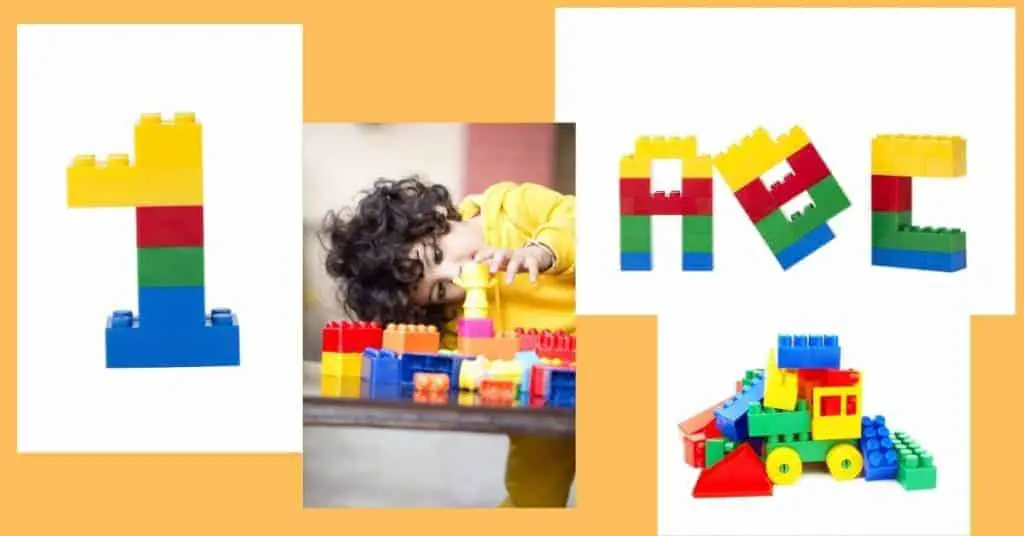
Lego, besides its intended purpose of building things, which is a great activity in itself, can be used for for a wide array of hands-on educational games.
Lego can be used for teaching or practising math (anything from number recognition to operations), literacy (letters recognition, actually building the letters out of Lego, practising sight words, CVC words, spelling etc), learning the days of the week and months of the year, sorting activities, science and technology, vocabulary words, acting out stories and the list can go on.
There are so many cool ideas of how to include Lego bricks in your teaching out there that you will be spoiled for choice.
I did some of the fun Lego activities from here and here.
7. Musical chairs
This party classic can be adapted to serve educational purposes and oh boy, do we love it! This game was at the top of my students’ preferences when it came to revising previously learnt topics.
Arrange the chairs in a circle, the seat facing outwards. Have as many chairs as the number of your students minus one. Play some music and have the students walk/dance around the chairs. When the music stops, they have to quickly sit down on a chair. Of course, there will be one child without a seat who will have to answer a question related to the topic in question. For example, if we are working on CVC words, I would show that child a word and ask him/her to decipher it.
In the traditional musical chairs, when a person doesn’t get a seat, s/he goes out of the game and another chair is removed from the circle getting to the point where only one chair is left and two players. You can play it like that but personally, I never liked the idea of having a bunch of students sitting around doing nothing. So, I simply don’t remove chairs. After the student answered the question, s/he goes back in the game.
An excellent alternative to the game, especially if you want to engage more students at the same time is putting flashcards or objects under each chair. When the music stops and the students have taken their seats (minus the one without a chair), ask each of them to take the object from under their chair and take turns in saying what it is. The child that is left out will have to answer two questions.
Is your child a Visual-Spatial Learner? Check out The Best Activities for The Visual-Spatial Learner
8. Playdough Fun
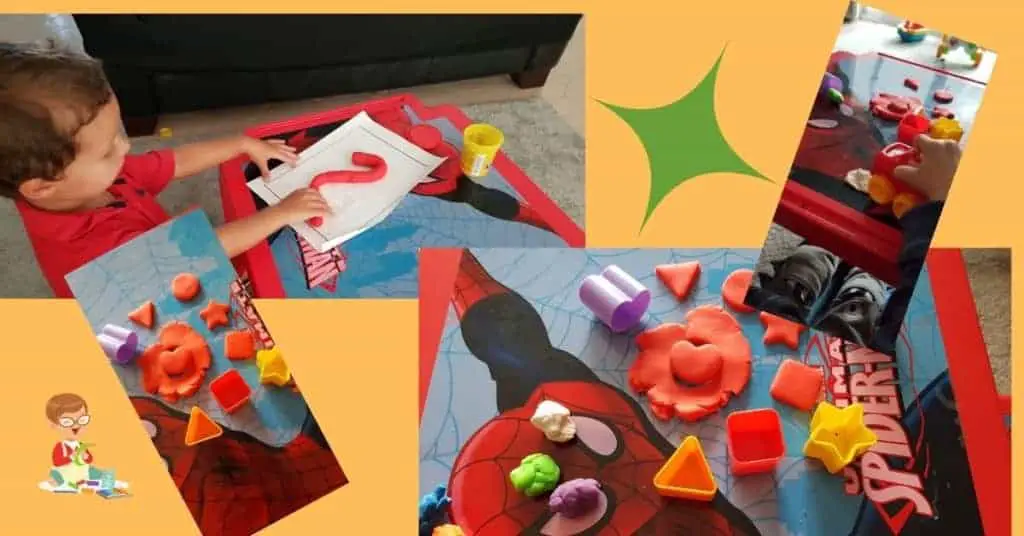
Like Lego, playdough is a very popular material found in most homes and classrooms. Kids love poking, squeezing, pulling, rolling, cutting, pressing and making things with it. It is such a versatile tool that no wonder parents and teachers have been using playdough for educational purposes.
For younger students, it is an excellent material for sensory play, activities for strengthening hand and finger muscles (vital for writing later on), learning colours, shapes and about the world around them. I found a lot of inspiration over at Early Learning Ideas. Check them out.
Playdough will also make learning numbers or doing Math operations fun, and learning the alphabet or unlocking the secrets of spelling is a pleasure when adding a little bit of playdough.
9. Naughts and Crosses
A game for slightly older students (maybe +6, but it really depends on the child) to add some fun and movement to a sometimes boring (there I’ve said it) lesson.
I remember some time ago I had a group of kids that were studying the English irregular words. Oh man, what a drudgery that was. Reciting those pesky verbs over and over again. Become-became-become; begin-began-begun. It was boring for me, not to mention the poor kids. So the element of fun was desperately needed. I introduced various activities that would help us practise these verbs in a playful, hands-on way.
One of the activities that we played was Naughts and Crosses. A simple, popular game that brought the excitement of competition and added a little bit of movement to the lesson.
I simply divided the class into two teams, drew the Naughts and Crosses grid on the whiteboard and decided which team was playing the “X” and which the “O”. The idea was simple, in order to be allowed to put their mark in a square, a team had to answer a question. In our case, they had to give me the past and past participle of an infinitive form of a verb. I generally addressed the question to one member of that team but, of course, I allowed some help from teammates. If they didn’t know, it was the other team’s turn to answer and put their mark.
I gave you an example of how I used Naughts and Crosses to practise irregular verbs but this game can be used for a variety of other educational purposes.
10. Surprise eggs
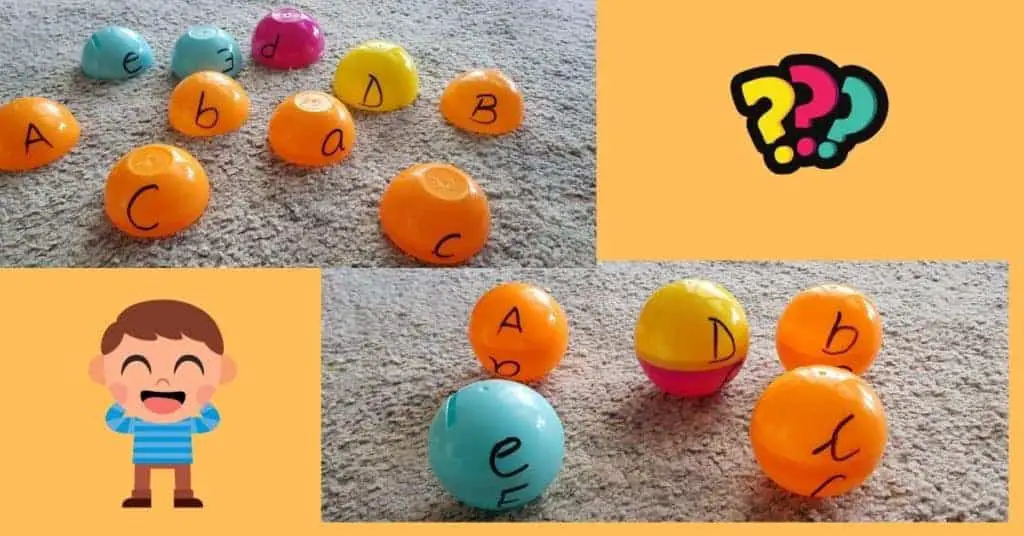
Does your child like eating Kinder Eggs? Well, it’s time to put those little capsules to work…educational work that is.
My little boy loves surprise balls, just like Kinder Eggs without the chocolate and bigger so we have a bunch of those lying around the house that we use. The main idea is for the ball/capsule to open up so you can put stuff in there.
Some great activity ideas that you can do with these capsules are
- Letter/number recognition – put a letter/number in each capsule, close it and have the child discover, name and (if you want) put them in order.
- Matching uppercase/ lowercase letters – write an uppercase letter on the top part of the capsule and a lowercase letter in the bottom part. Do that for all the letters that you want to practise and then mix all the capsule halves together. The student will have to match the uppercase with the lowercase by reuniting the two halves.
- NUmbers operation- the same basic idea as above, write on one half a mathematical operation (3+4) and on the other half write the answer (7). Mix all the halves together and have the child reunite the correct operation with its answer.
- Use the capsules for different arts and crafts
- DIY Abacus- just use some string and plenty of capsules.
- Learning or practising new vocabulary- put some mini flashcards or realia objects inside the capsules and allow the child to discover them.
- Treasure hunt- hide the capsules around the house or garden and go on an epic treasure hunt together. Of course, to make things even more exciting you can put little surprises in the capsules.
These are just a few examples of what you can do with Kinder Egg capsules or surprise balls so next time you buy one for your child make sure you set it aside and prepare some awesome activities.
11. Charades
I doubt there is someone who hasn’t played Charades. It’s a beloved game for all ages – although sometimes watching adults play I would say that they can get more excited by the game than kids :)).
Because it is a game that involves a lot of movement it is a perfect activity for a bodily kinesthetic learner. Are you talking about jobs and professions? Excellent, have kids mime a job for the others to guess. Reading a text with some new vocabulary words? Play charades with those words to help children remember them easily.
It is a wonderful game, especially to practice vocabulary, that will bring lots of cheer and excitement to the lesson.
12. Hide and Seek
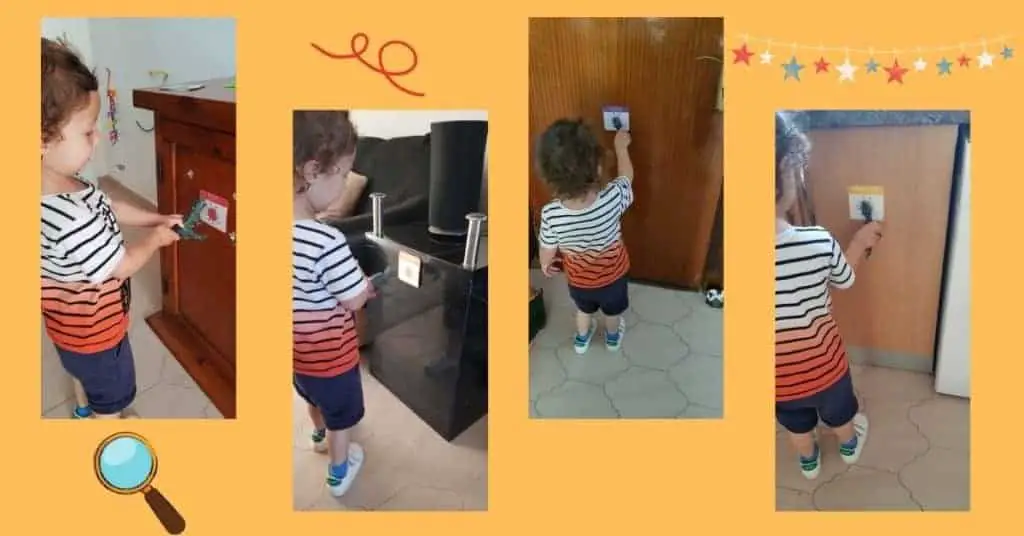
A versatile game that will allow you to practice or introduce various topics from simple ones like colours, shapes, stories, letters, numbers to more complex ones like reading short words, basic math operations, grammatical rules and so on.
The idea of the game is simple. Hide flashcards with the target learning topic around the house or the classroom and ask the student (or if there are more students you can turn it into a competition) to find a certain flashcard.
For example, I played this game with my toddler when we learnt the colours in Spanish. I hid the flashcards around the room and asked him to go find Rojo (Red) then, after he had found it, brought it to me and named the colour as well, I would ask him to go bring another one and so on.
13. DIY Spinner
You can either draw your own spinner or download a template off the internet. The beauty of a spinner is that you can put anything you choose to practice with your child within those sections. After you have placed your flashcards on each section of the wheel, spin it and wherever the arrow points, is what the child will have to answer or perform, depending on the topic of the lesson.
A spinner is a great activity that will add movement and excitement to the lesson.
14. Simon says…
Simon says… is about as classic as a game can get. Kids go crazy for it (it’s their chance to boss others around) so I use it in the classroom whenever I can.
It’s a great game for mostly simpler topics, like colours, shapes, letter and number recognition, action verbs, body parts, animals etc. I haven’t adapted it for more complex subjects but I am sure it can be done.
The game is simple, basically, if the person in charge says “Simon says run in place”, then everybody has to run in place. If the person in charge says “run in place” without “Simon says” nobody has to move. Whoever does the action without hearing Simon says… first is out of the game.
15. Paper Fortune Teller
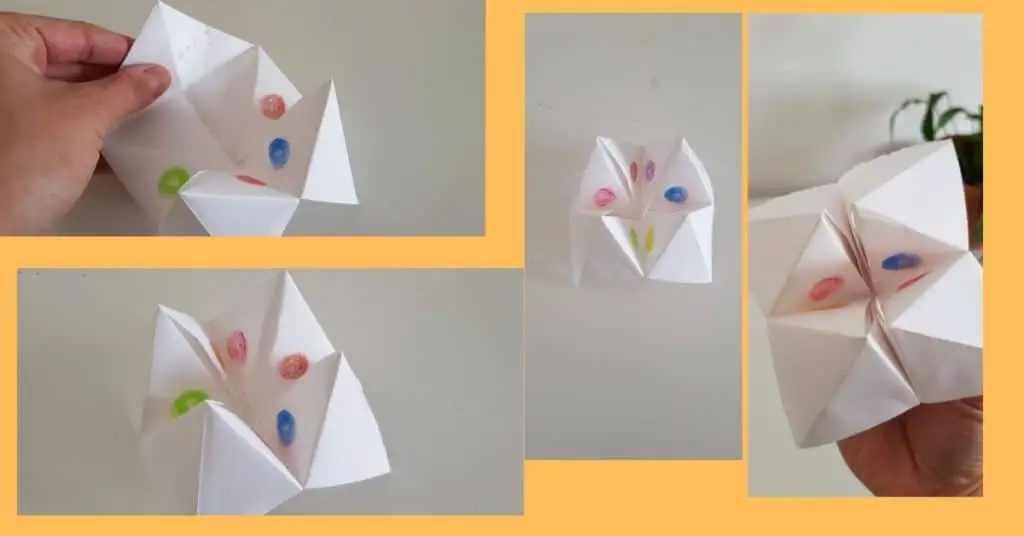
I was in primary school (Gosh feels like yesterday) when I first discovered the paper fortune tellers. I still giggle at the silly stuff we used to write under the flaps.
But now, as a mom and teacher the things that I write under the flaps got a little bit more…academic.
Use the Paper Fortune Teller to play with colours, shapes, letters, numbers, write quiz questions from various school subjects like Geography or History.
Not to mention that it’s so much fun for the little ones to make it and decorate it. Take a look here if you want to see how to make a Paper Fortune Teller and give it a try.
Final Thoughts
It is important to offer our children the chance to learn in the way that they are most comfortable with. You can determine what kind of intelligences your child has simply by observing them or, if your child is older you can have them take this simple test which will give you a good starting point.
Ending this post, a popular quote comes to mind attributed to Albert Einstein: “Everybody is a genius. But if you judge a fish by its ability to climb a tree, it will live its whole life believing that it is stupid.”
Allowing our children to pursue their strengths, as opposed to inducing a feeling of inferiority for their weaknesses, will only help them blossom into confident and accomplished learners and later on adults.
If you found this article useful, make sure to share it with your friends 🙂
Also Read:
Insanely Fun Activities for the Verbal Linguistic Learner
The Best Activities for Logical Mathematical Intelligence
Musical Intelligence- Activities for Auditory Learners
Activities for Kids with Intrapersonal Intelligence
The Best Activities for Bodily Kinesthetic Learners
The Best Activities for the Visual-Spatial Learner
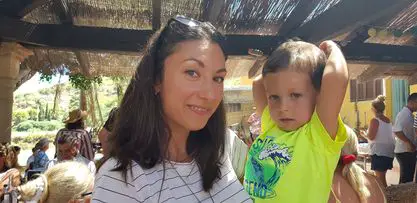
Mom of two wonderful children, dedicated teacher and book lover.
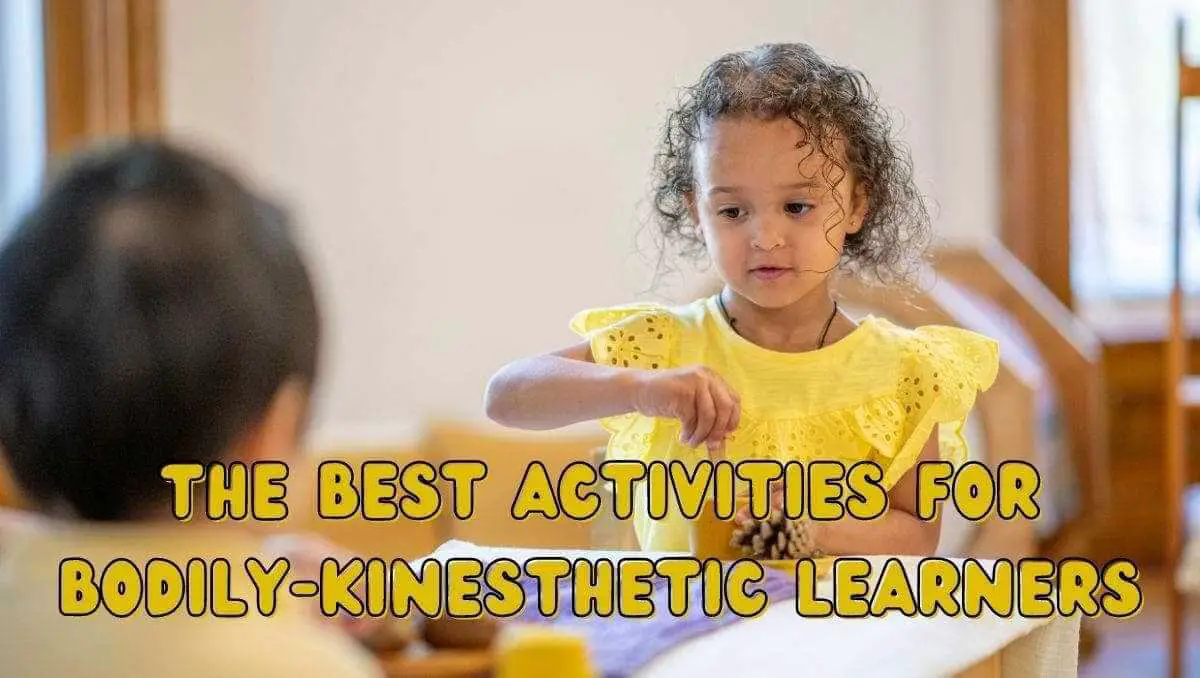
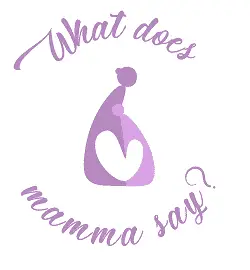

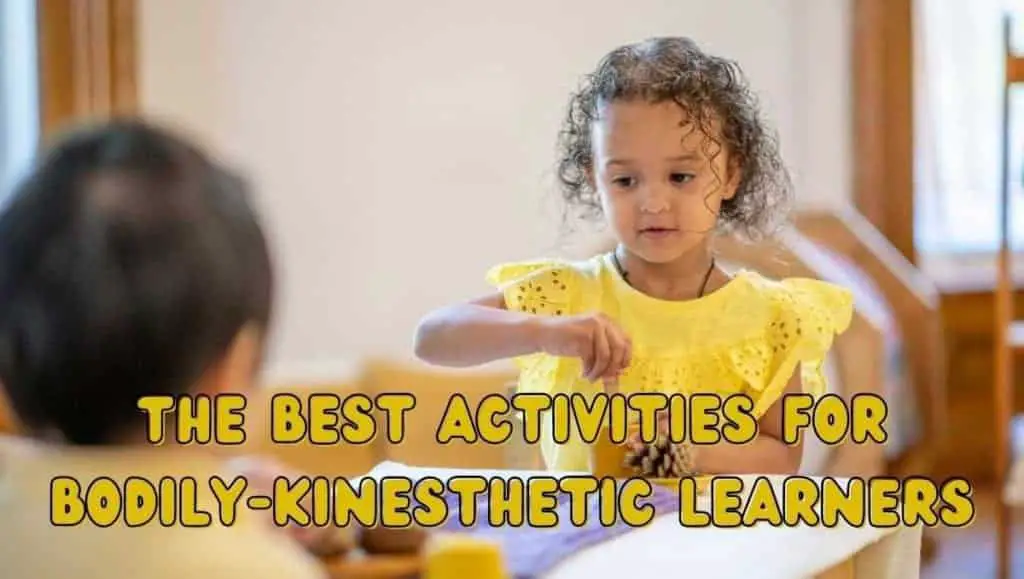
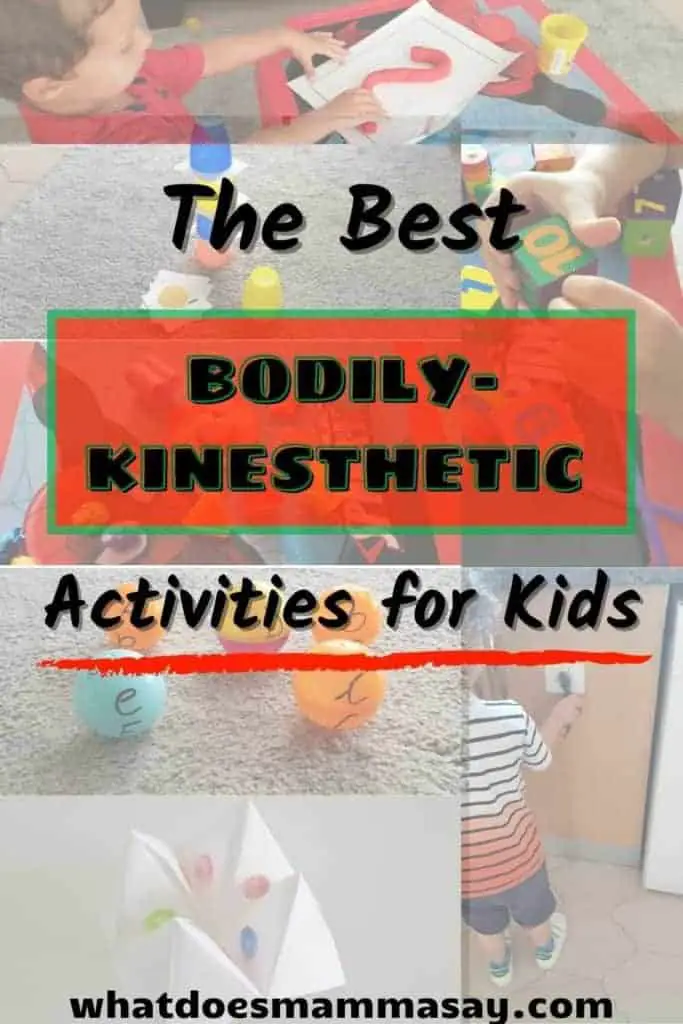
I do not have kids, but by reading, I just realized I am a kinesthetic learner too. And I agree there is not a cookie-cutter learning style. Should be personalized.
That is absolutely true. We are all different so why should the curriculum be the same for everybody. Thank you for stopping by, Adriana 🙂
I strongly believe in the Montessori method and these activities are part of that method, in short, it is a way to deepen a child’s growth in a balanced way and giving them all the tools to learn.
Well said, Cristina! Thank you for stopping by 🙂
These all look fun for kids! I can see them having a blast with all of these activities.
Thank you very much, Amber! 🙂
Love Gardner’s multiple intelligences. As an educator, I agree that kinesthetic learning is so imp. All your ideas are fun and educational
Thank you for your kind words, Nishtha! I am glad that you found it informative 🙂
I have two kids and learned early on that they both learned differently. Adapting to their learning needs was very important to me. I love this post and will be sharing with some friends.
Thank you very much for taking the time to read, Wanda and I hope your friends will find it useful as well. 🙂
I have learned so much about kinesthetic learners and the best activities they’ll love. Thank you for sharing this!
I am so glad you found it informative! Thank you for stopping by, Leanne!
This text would be quite useful not only for parents, but also for kindergarten teachers! We often forget we should adjust the exercises to the righttype of a learner. 🙂
I agree. Thankfully I see more and more teachers interested in adapting their teaching to meet their student’s needs and considering the child as a whole. It’s wonderful. Thank you for stopping by, Natalia!
I remember that paper fortune teller thing and I got hooked back in grade school. It was so entertaining and cool too during those days.
Haha, it was! All those pages torn from notebooks to make fortune-tellers…too many to count :)). Thank you for stopping by, Blair!
Very nice suggestions. Problem with my youngest is, she won’t do things without me. She would rather have me do things with her.
I know exactly what you mean. My son is pretty much the same. Although, recently he has started playing more independently while I do stuff around the house. So, I am sure that at one point your little one will start playing on her own at times too. Thank you for stopping by! 🙂
I was speaking to someone recently about all the different learning styles and how difficult it can be as a small business owner to cater to kinesthetic learners in the online world.
You are right, indeed it can be challenging but I’ve seen brilliant teachers adapt to the online environment wonderfully. Thank you for stopping by, Alvern! 🙂
Thank you for this list. My toddler would definitely love these activities.
That’s very true, we all learn in different ways. It’s interesting to read about all the ways of learning. My kids love play dough.
An interesting topic. I don’t have kids yet but will definitely share this with my parent friends.
My son and myself are both very much hands on learners. We need to “do it ourselves” to really grasp and understand a concept sometimes, or actually most times.
These are great activities, I will share this post with my sister in law for my niece.
This would be a perfect present for Christmas. Kids would enhance their skill, learn and benefit from it.
Great post! This gives me some great ideas to do with my 18 mo. old Grandson!
Gm can u help h me to reference ur article